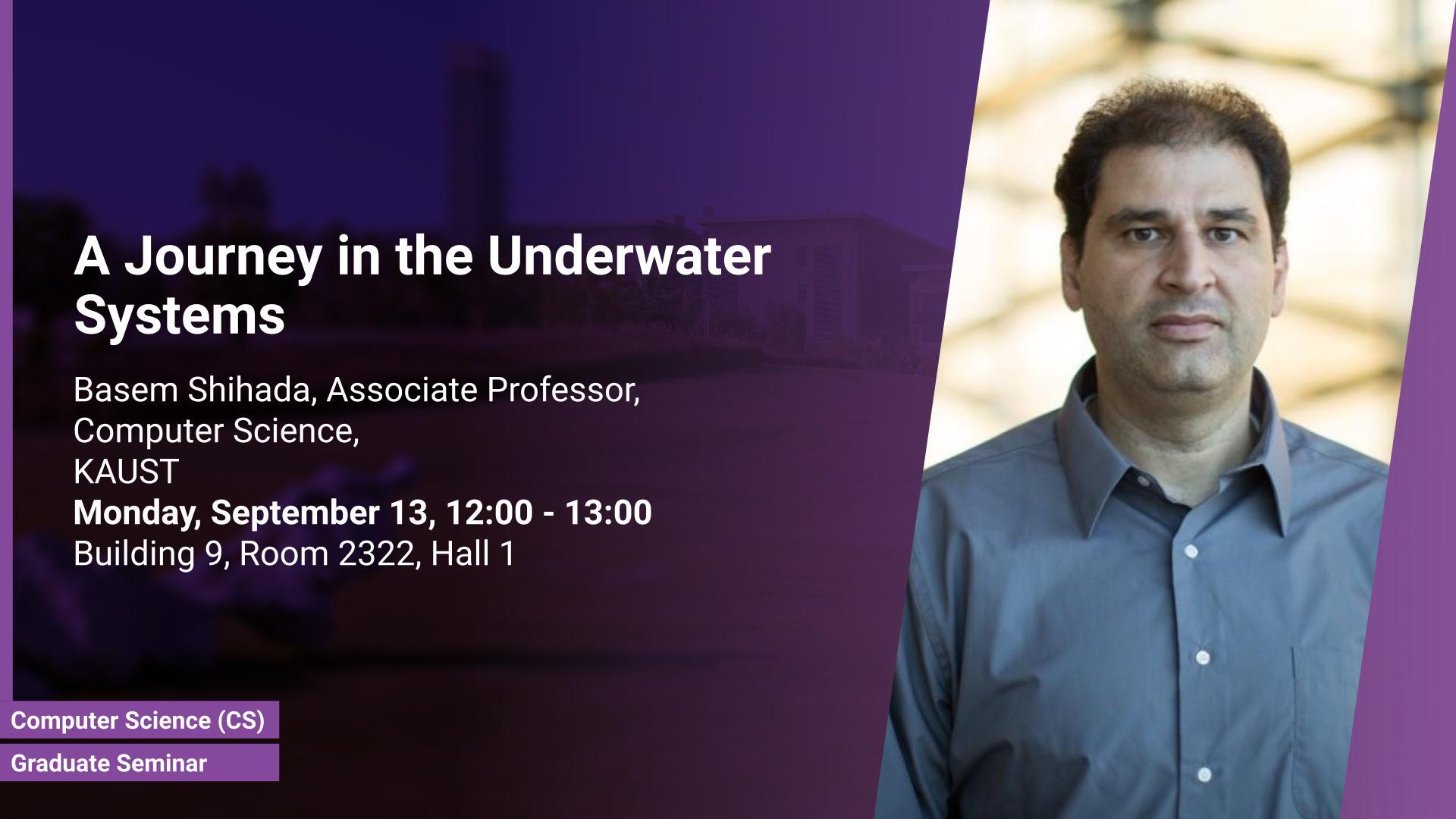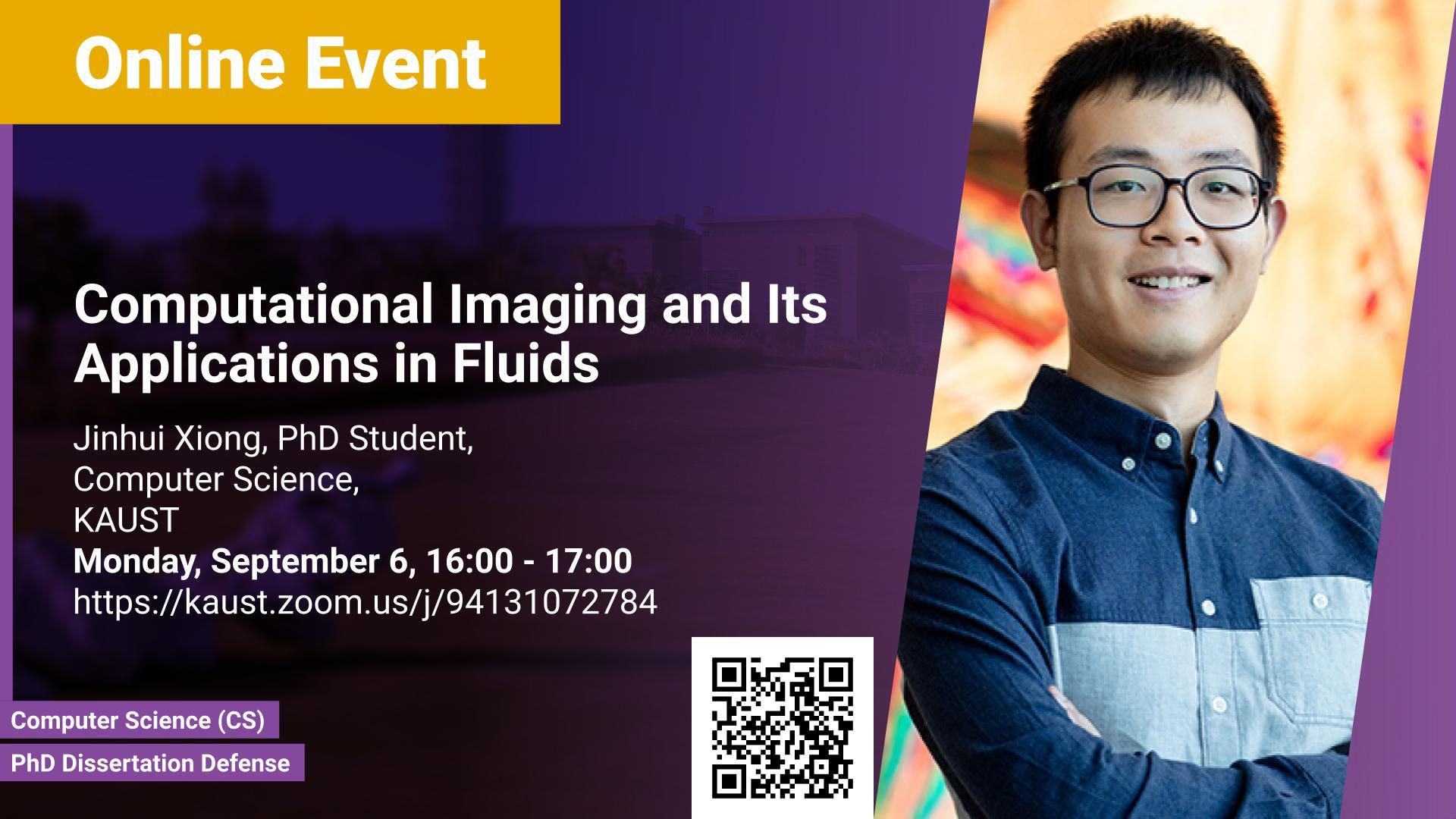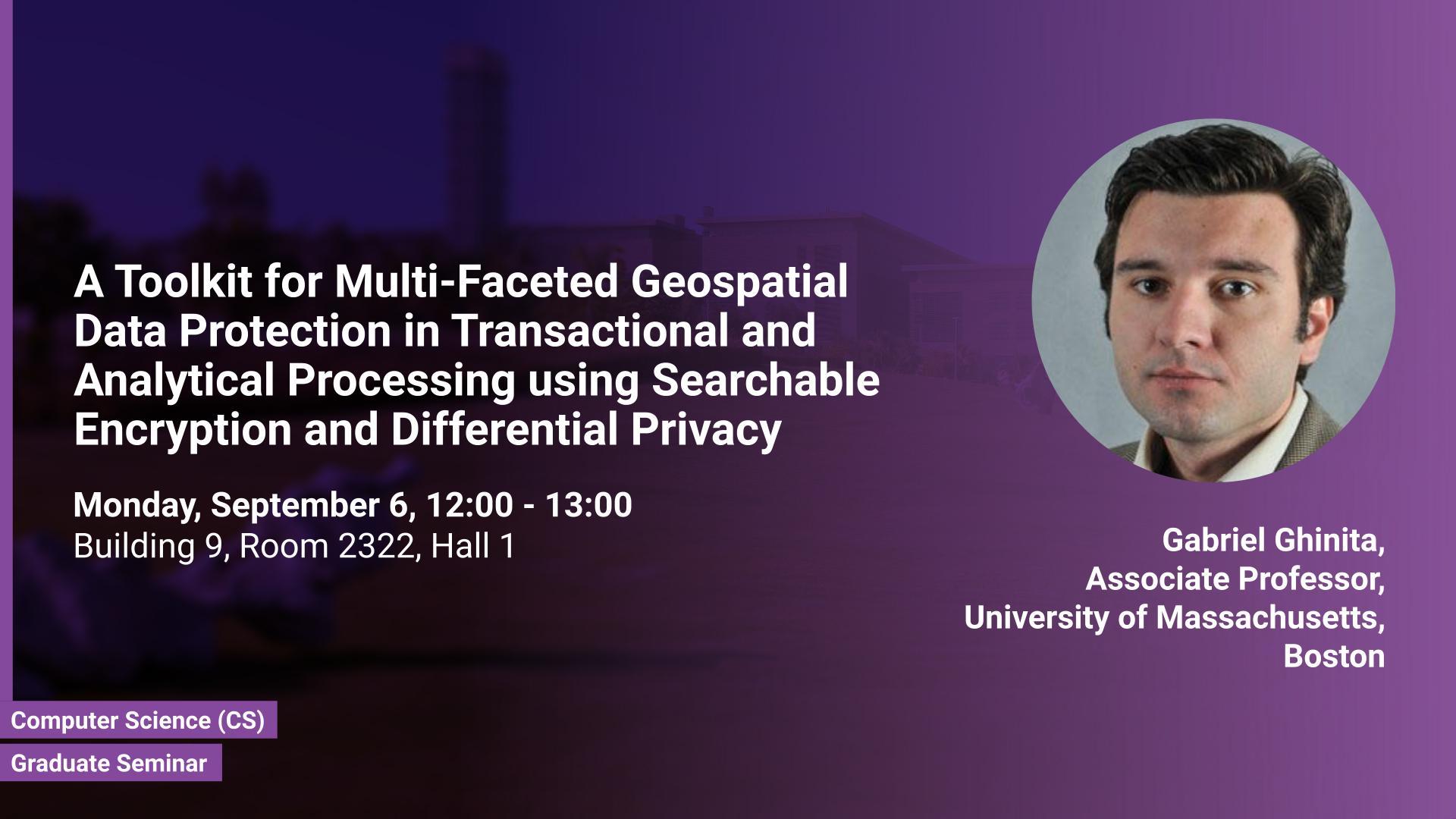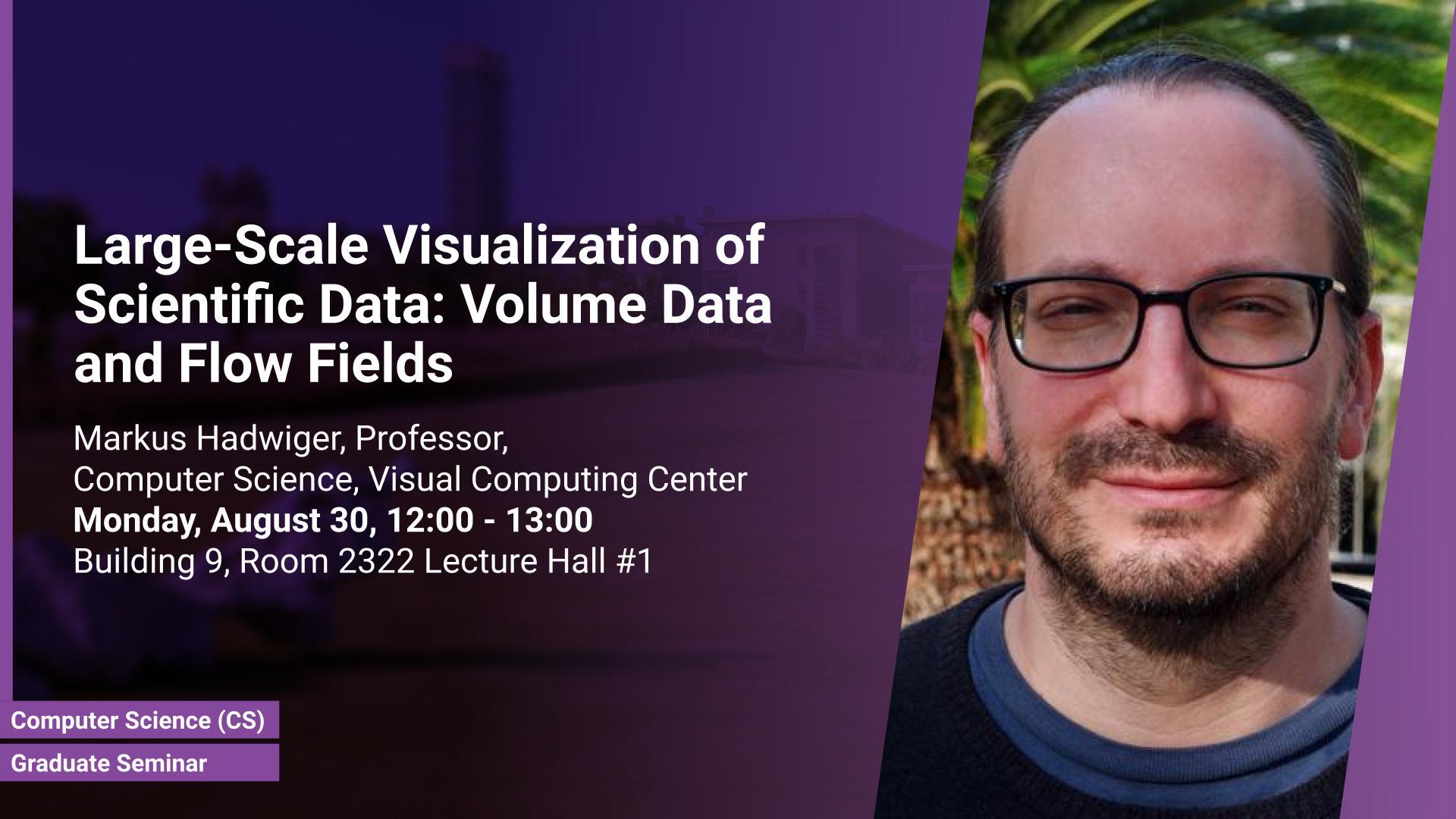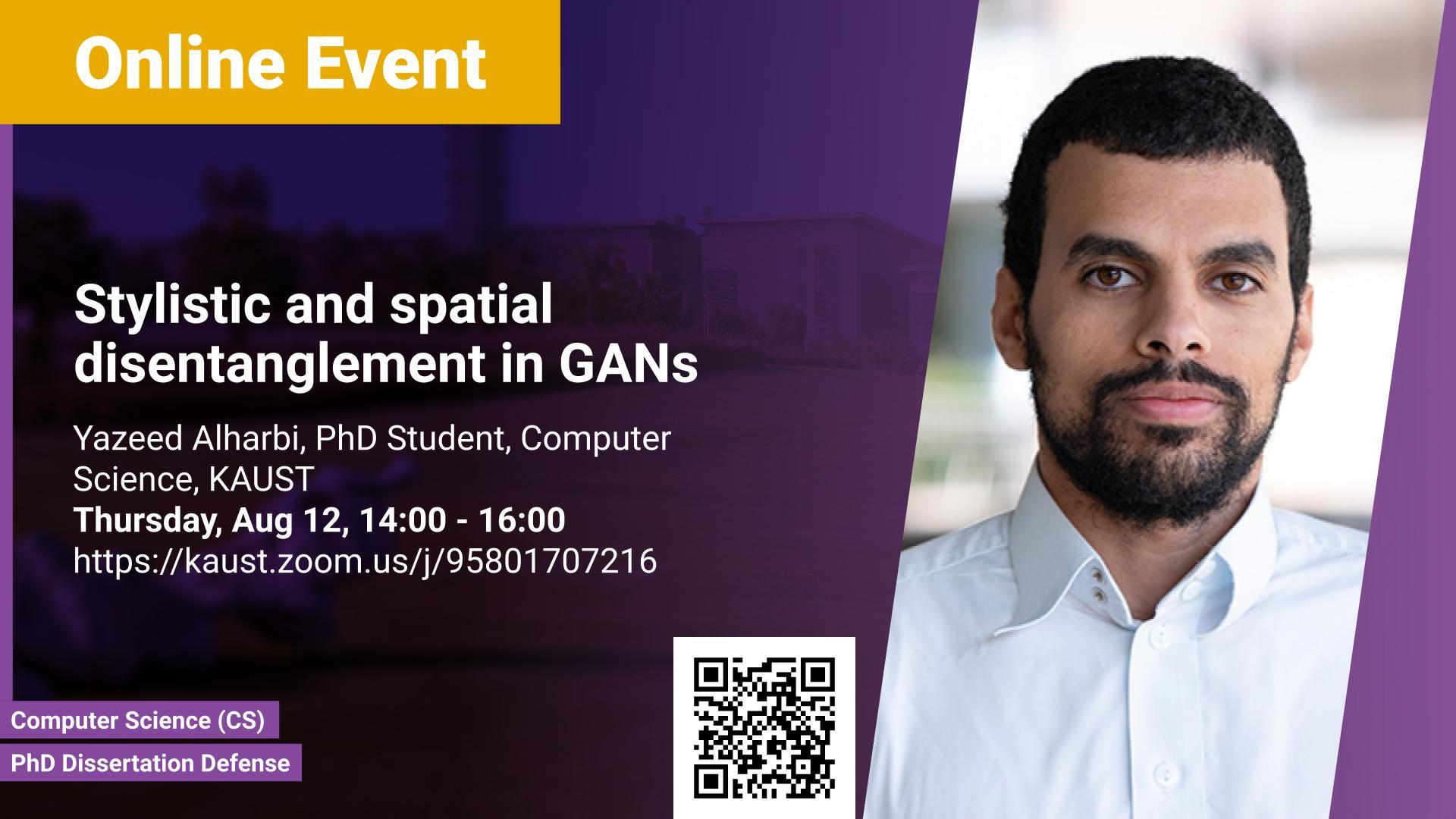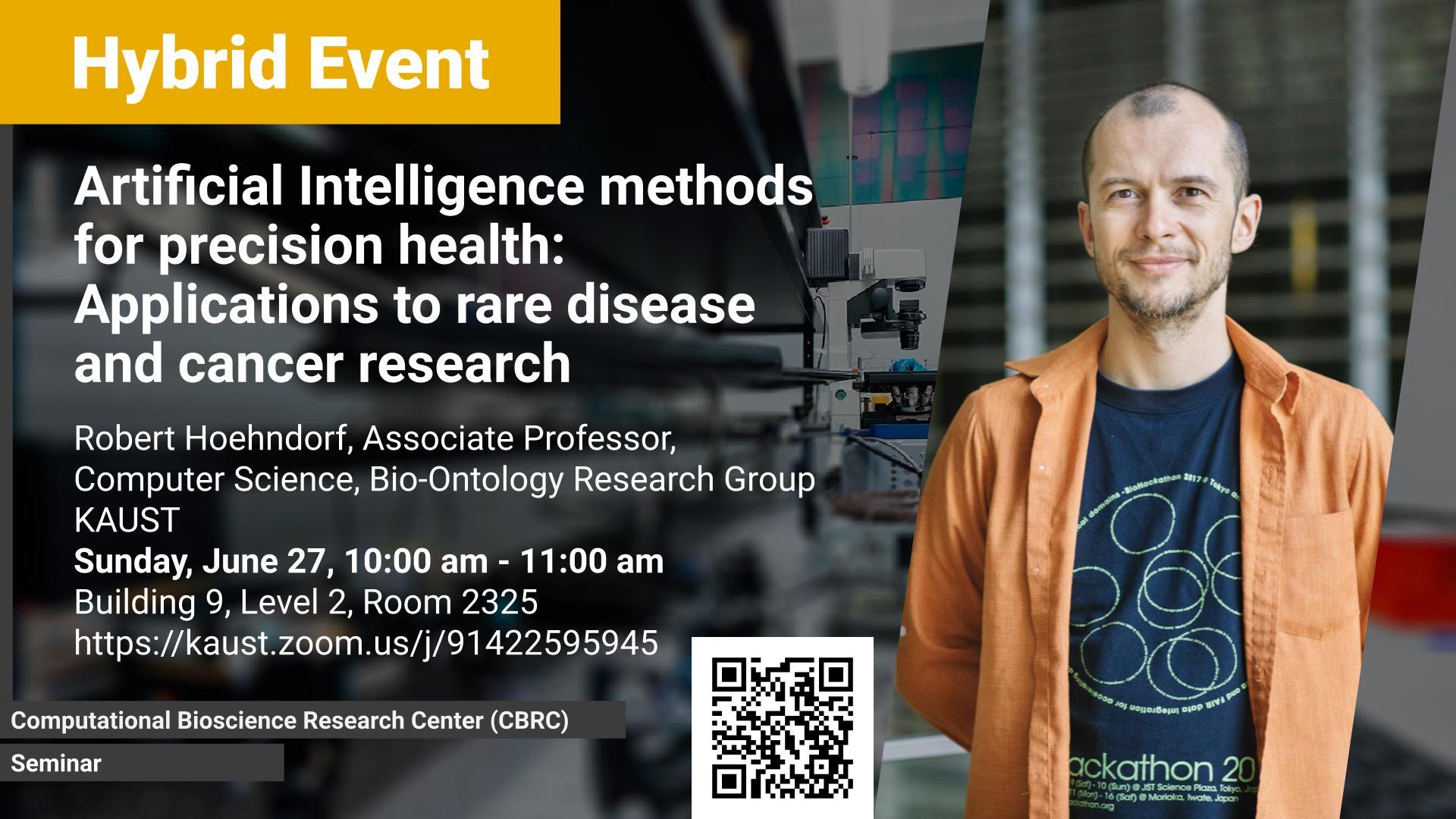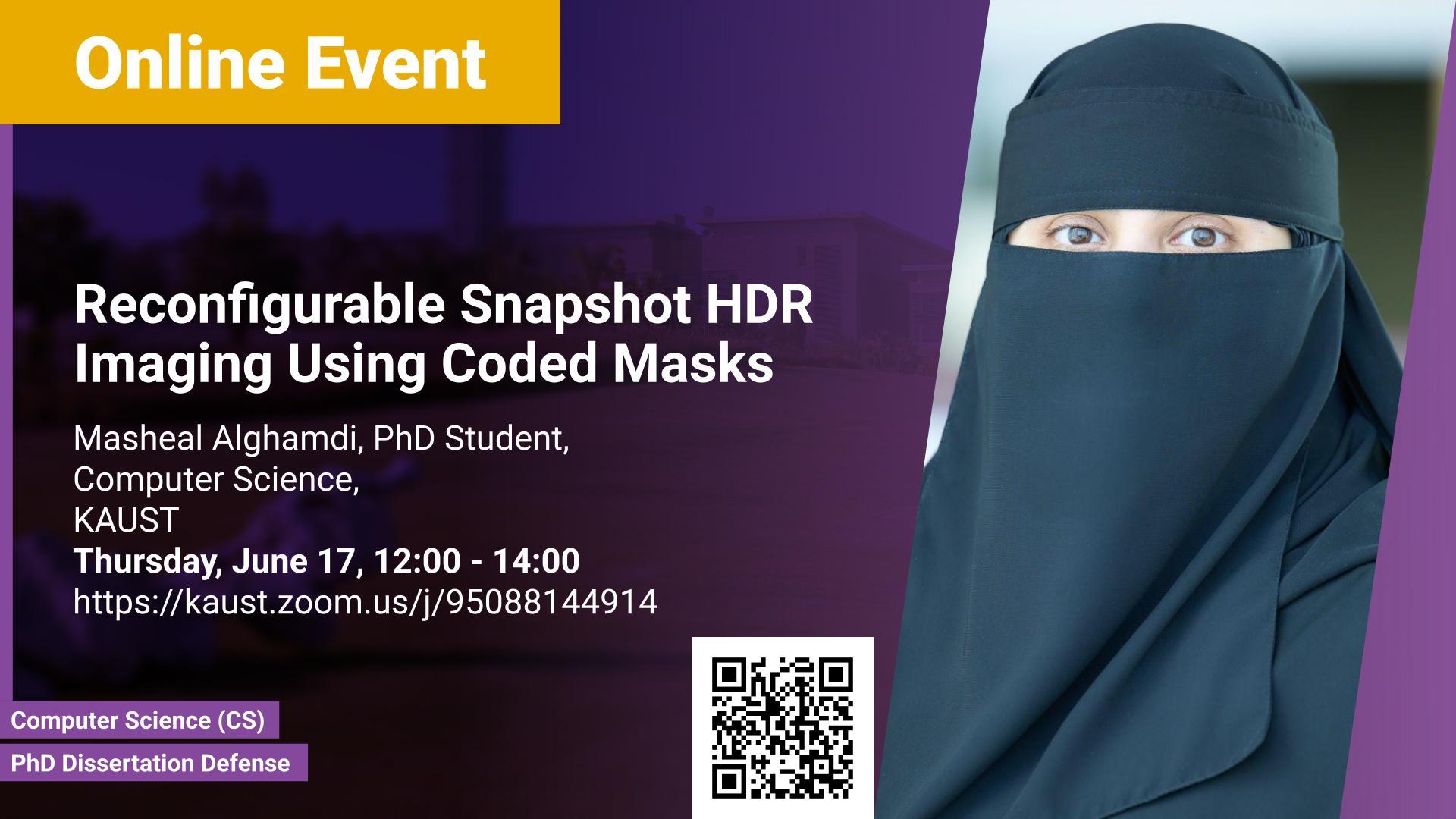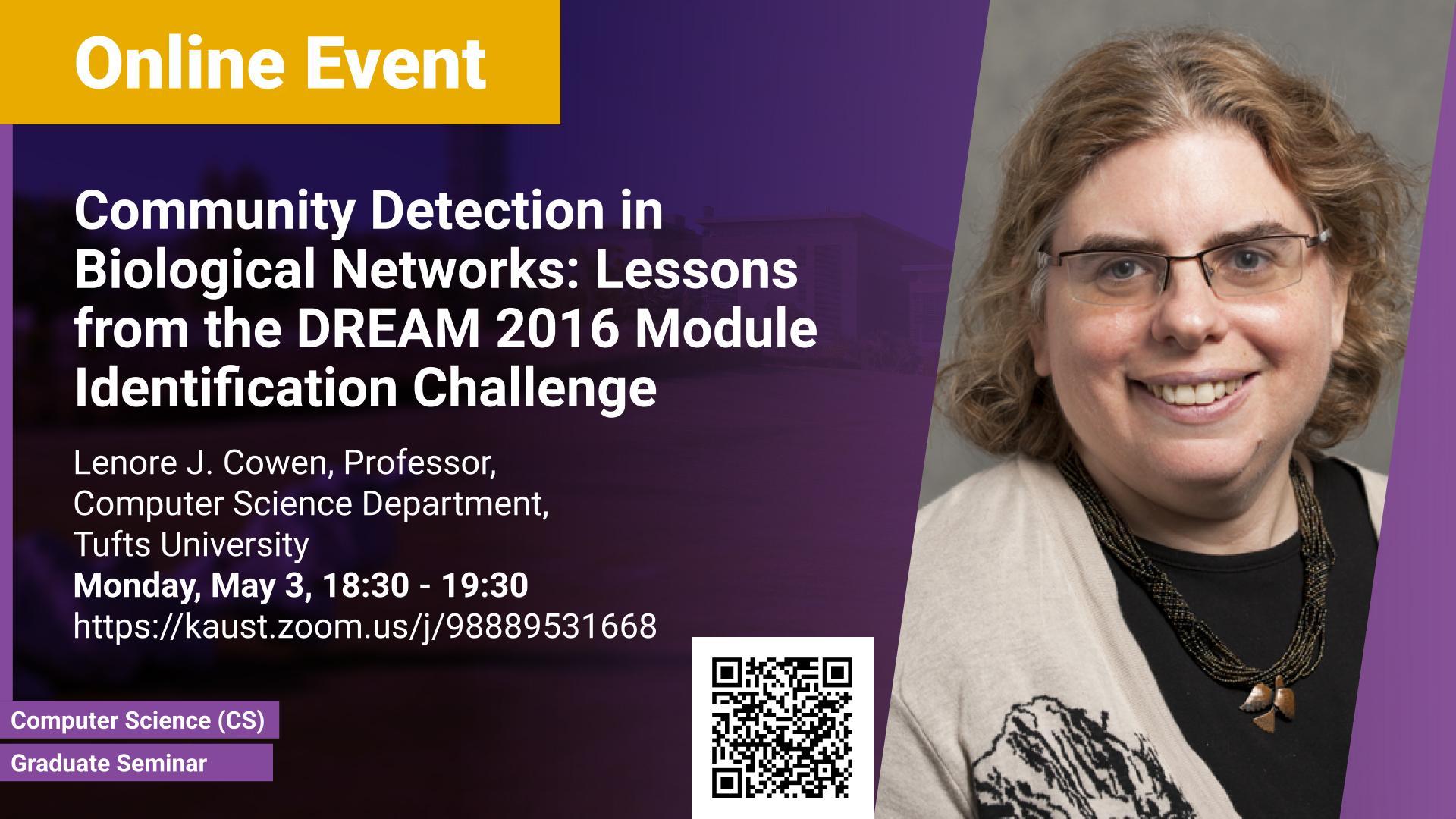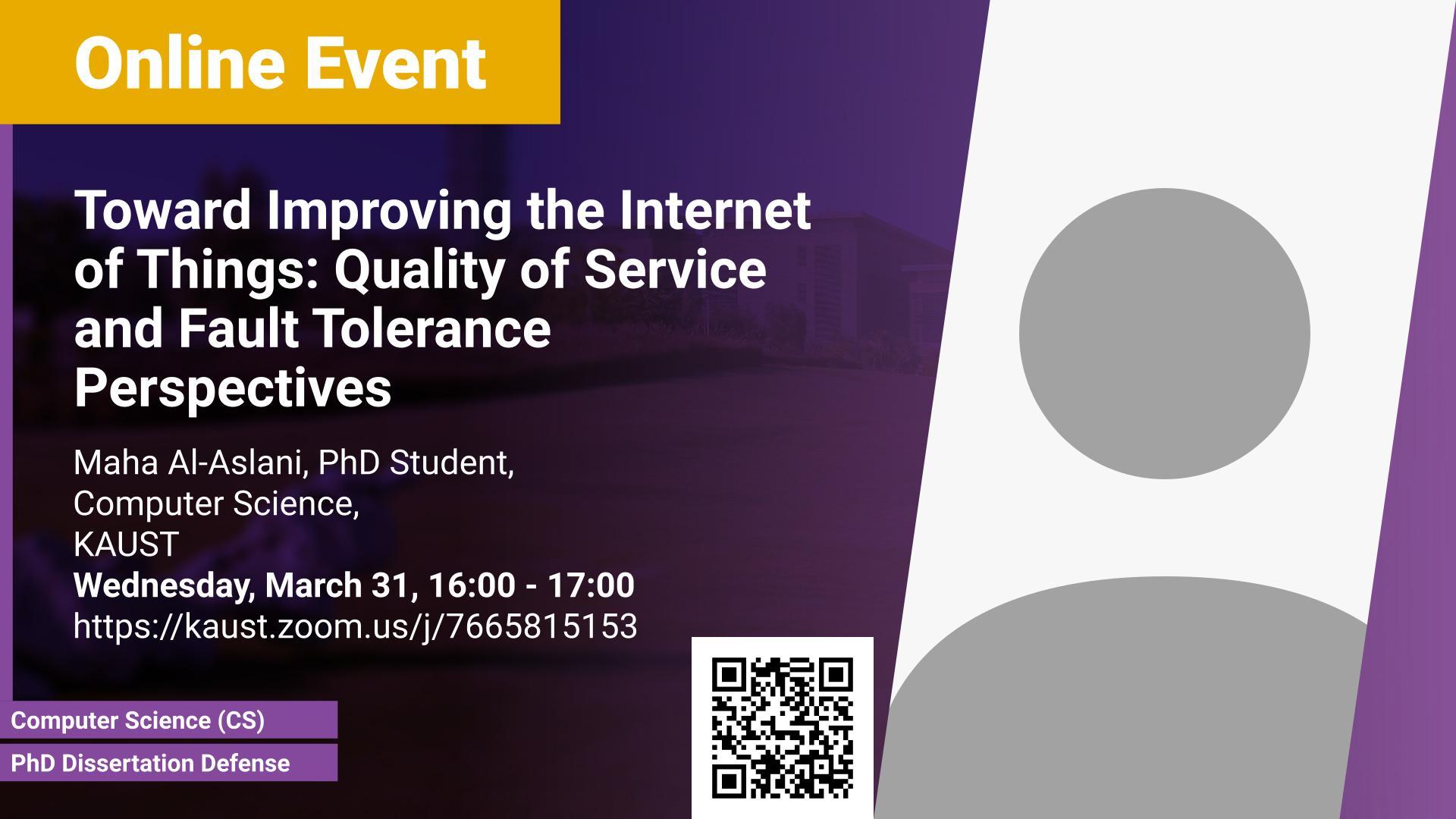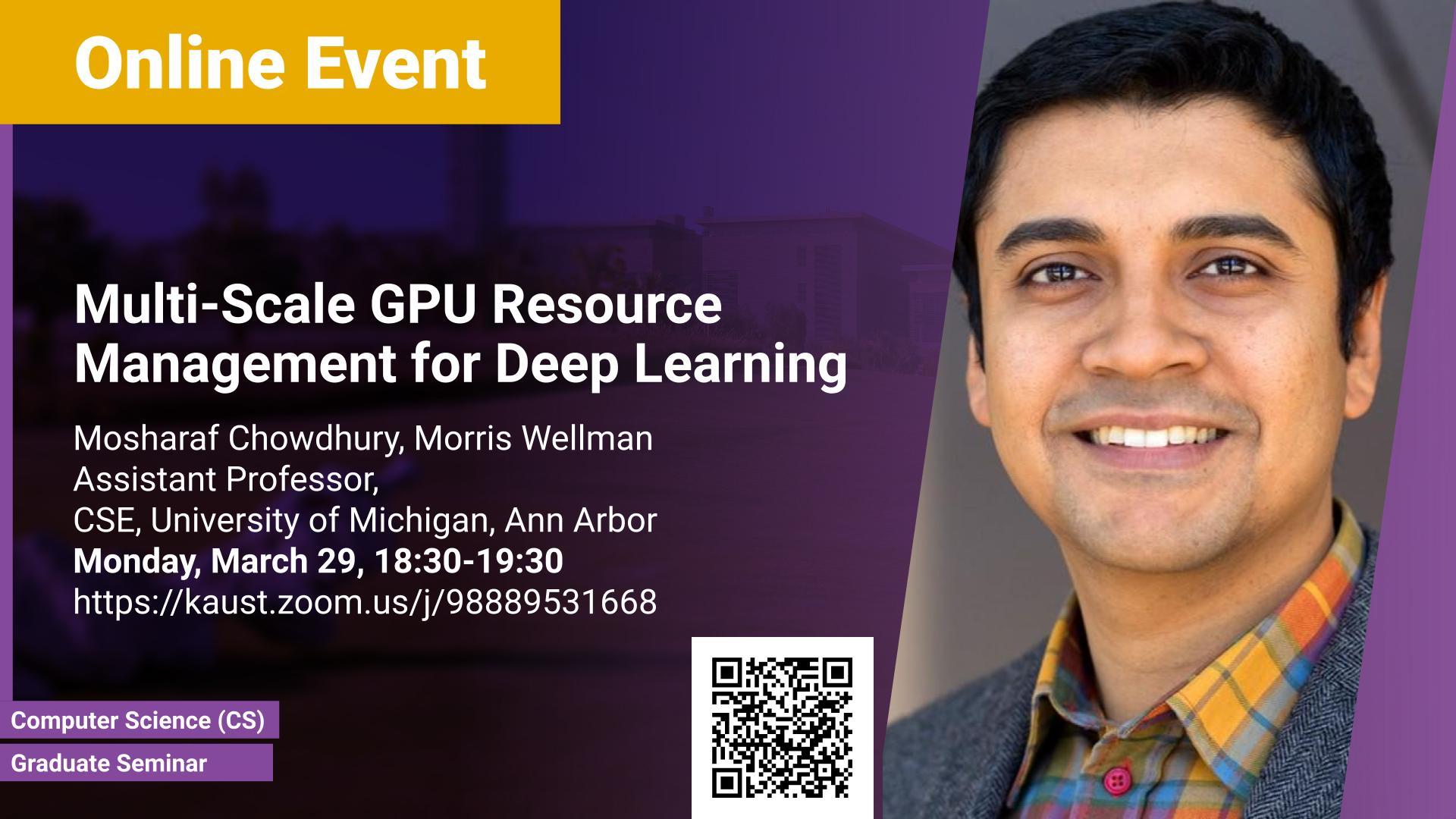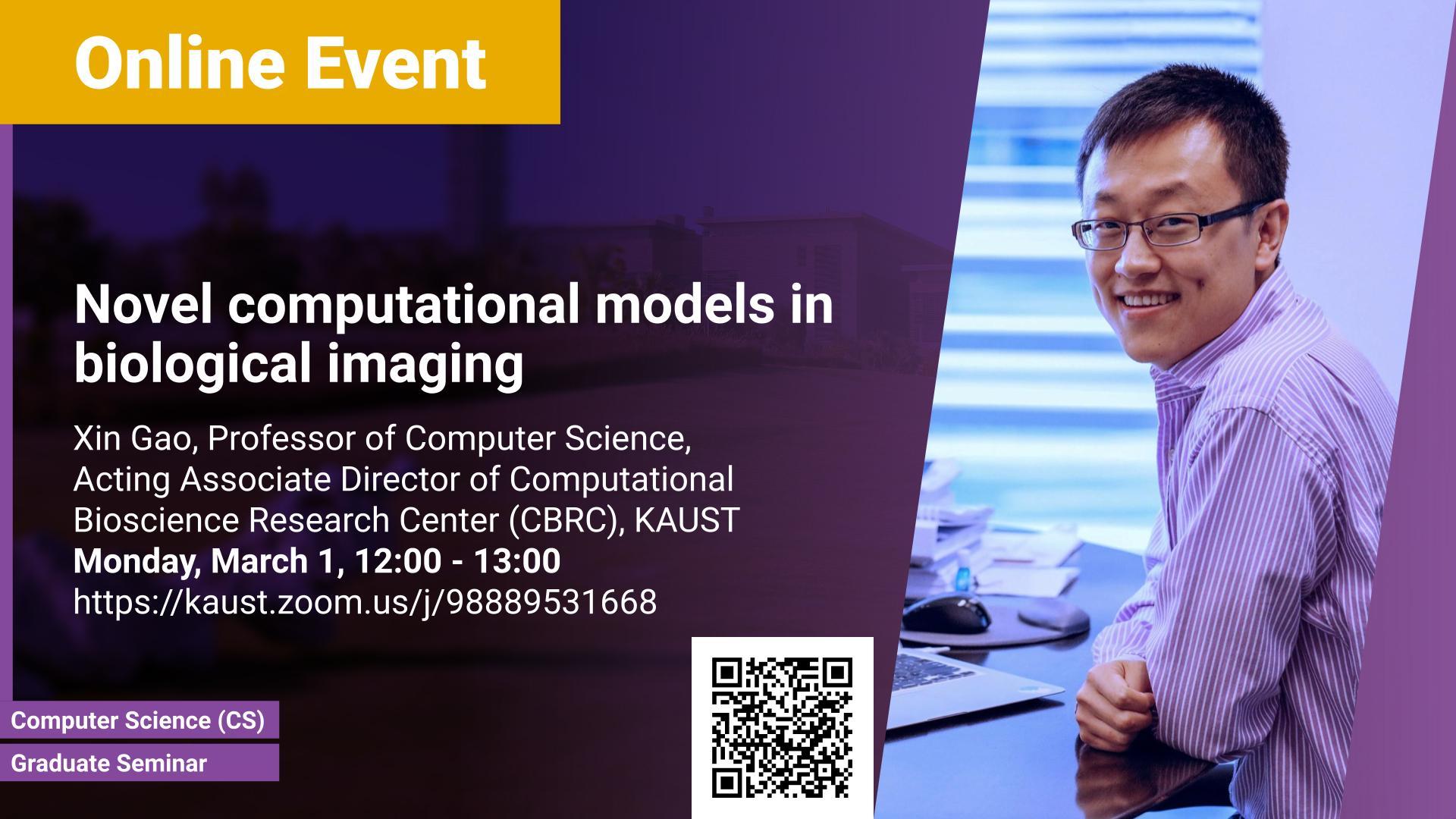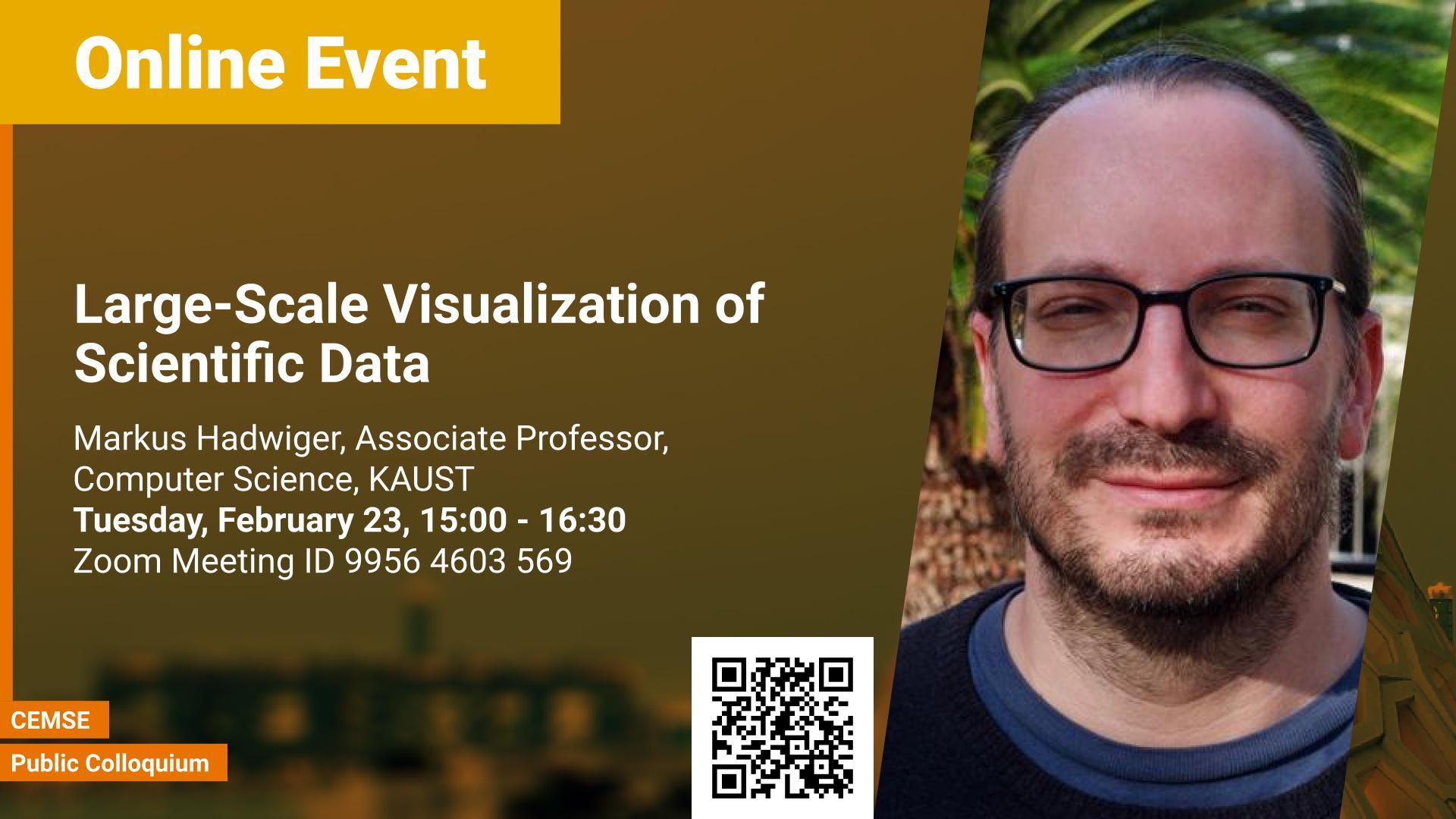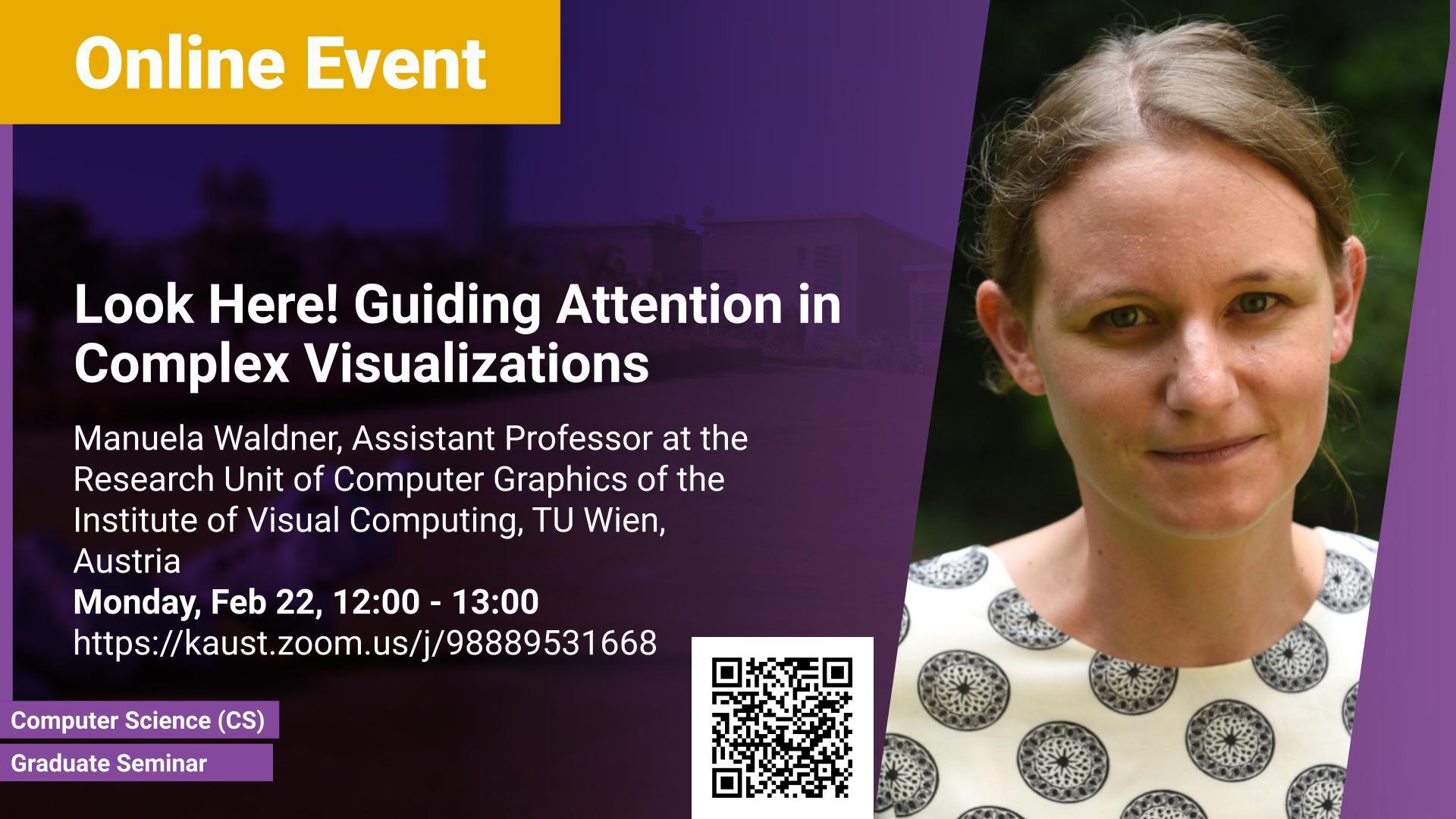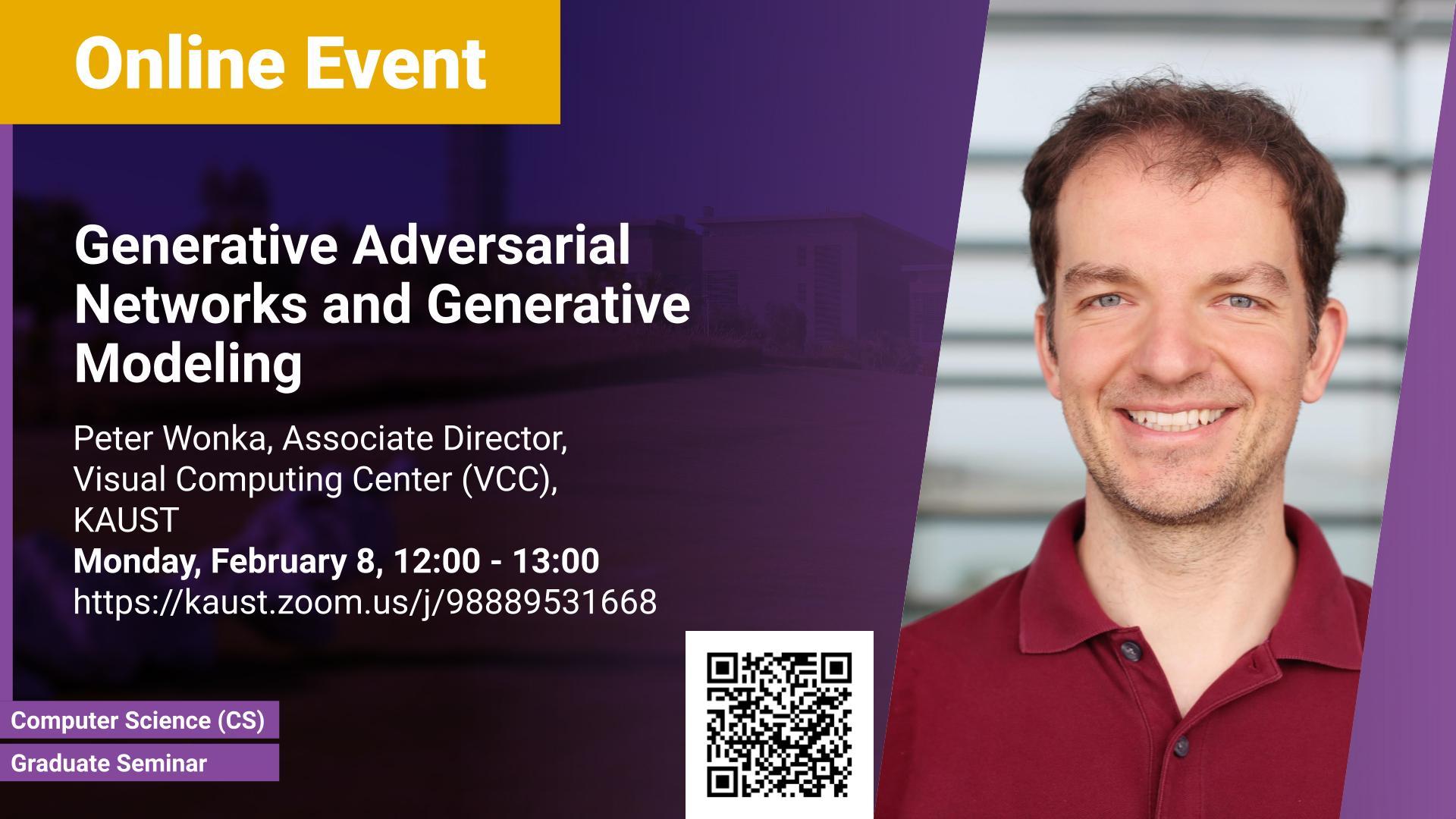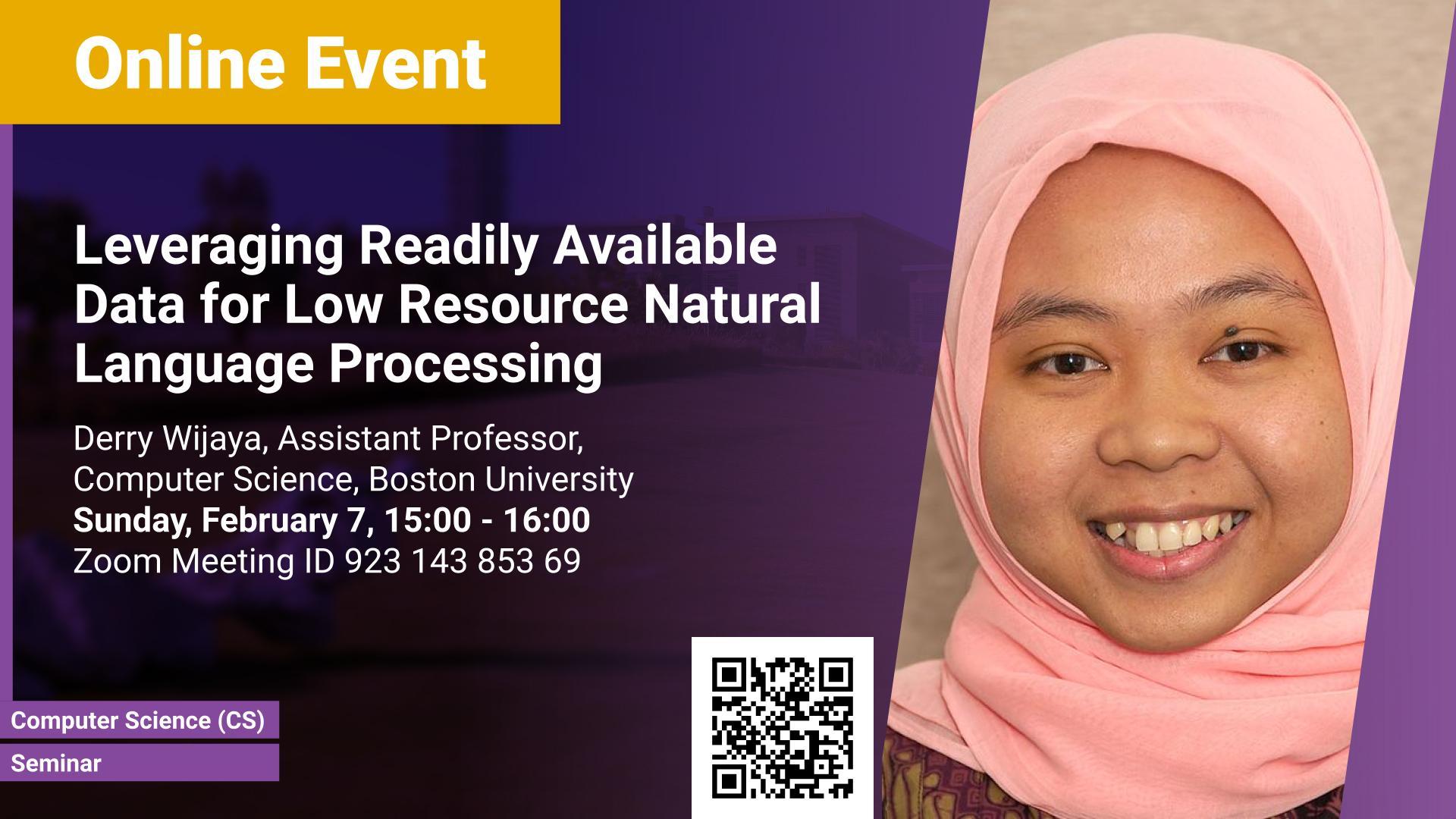Professor,
Computer Science
Monday, September 20, 2021, 12:00
- 13:00
Building 9, Room 2322, Hall 1
Contact Person
Classical imaging systems are characterized by the independent design of optics, sensors, and image processing algorithms. In contrast, computational imaging systems are based on a joint design of two or more of these components, which allows for greater flexibility of the type of captured information beyond classical 2D photos, as well as for new form factors and domain-specific imaging systems. In this talk, I will describe how numerical optimization and learning-based methods can be used to achieve truly end-to-end optimized imaging systems that outperform classical solutions.

